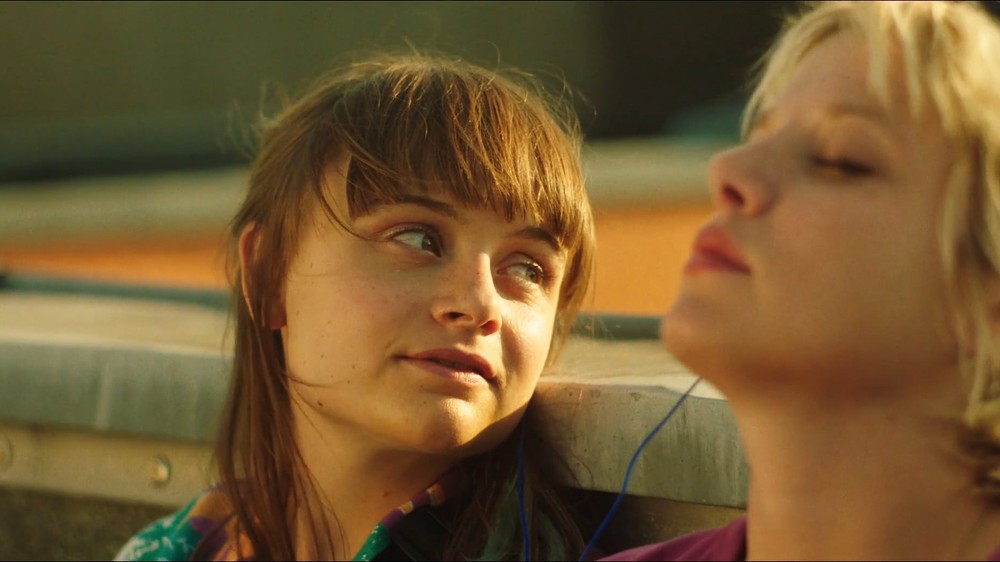Nothing at all to do with Wilford Brimley, Leonie Krippendorff's Cocoon follows a close-knit group of teens negotiating a long hot Berlin summer. This gang's most outgoing representatives are the brunette Aylin (Elina Vildanova) and the blonde Jule (Lena Klenke), foul-mouthed, free-flirting, forever available on social media. Yet Krippendorff's focus is on Jule's auburn-haired younger sister Nora (Lena Urzendowsky), an impressionable soul who watches these tribal elders with the fascination you'd expect of a younger sibling. She's vaguely like Anais, the overlooked younger sister in Catherine Breillat's À Ma Sœur!, but she's far more innocent than any Breillat characterisation would allow, keener to tend her childhood caterpillar collection (hence the title) than any Instagram account, or to stoke the attention of boys. There are reasons for that, and they're clarified upon the arrival of punkish new classmate Romy (Jella Haase). What follows is a familiar coming-of-age narrative, given a reasonably fresh millennial overhaul. Krippendorff shoots in Andrea Arnold-like Academy frames, with sporadic iPhone inserts, a soundtrack of floaty electronica, and a multicultural cast sporting tiny, possibly self-applied tattoos. If you'd told me nothing about it going in, I'd have sworn blind this was a debut feature; as it is, it's this filmmaker's second after 2016's Looping. The imagery (particularly those caterpillars, returned to time and again as our heroine spreads her wings) feels overly on-the-nose, and the contrast between the delicate Nora and her raucous peers is hardly subtle. (There's also a sequence involving a plastic bag that you'd hope all those American Beauty parodies would have rendered unthinkable; only a young adult could find it profound.) Cocoon is at its strongest when Nora is feeling her way into a whole new state of being, and the second half, which succumbs to occasional longueurs, seems overly reliant on Urzendowsky's sympathetic performance. For a while, though, those sundappled square frames do have the effect of creating a hothouse, which may just be comparable to the experience of adolescence: the film's flesh is right there in our face, and its hormones sit close to the surface. I suspect older viewers - the Brimleys among us - will emerge newly thankful they're long past such vacillations; but Cocoon could yet provide an education for anyone undergoing a similarly transitional moment.
Cocoon is available to rent via Prime Video, Curzon Home Cinema and the BFI Player.

No comments:
Post a Comment